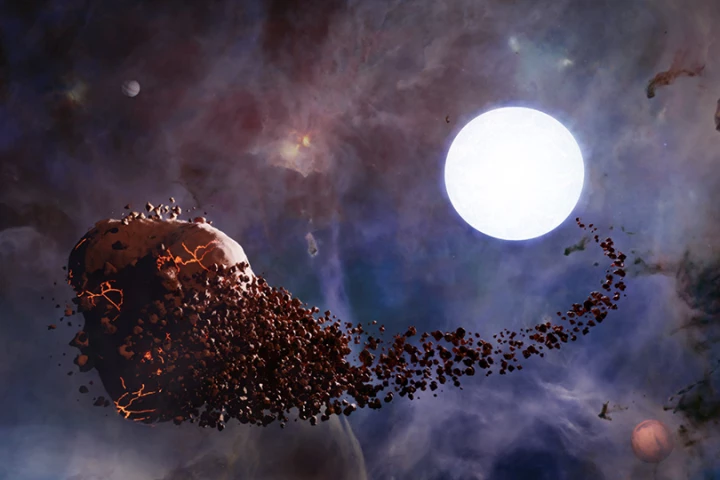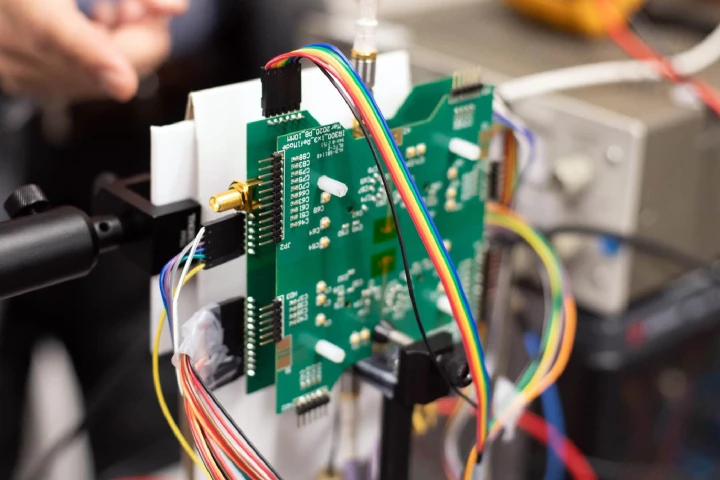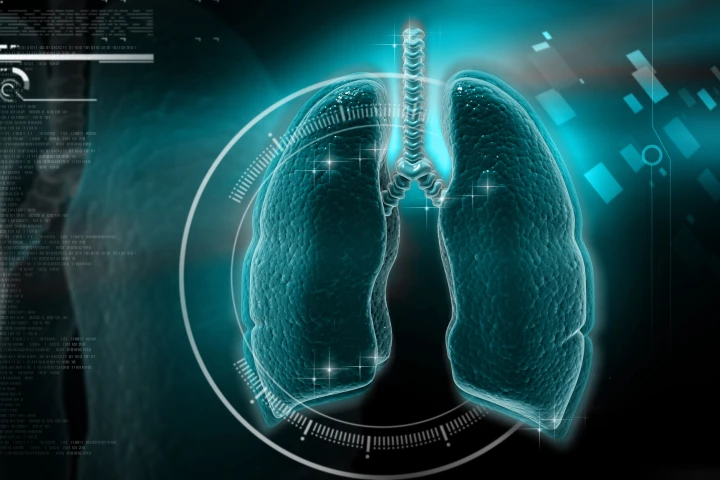X-ray
-
Astronomers have detected mysterious X-ray signals coming from a nearby white dwarf star for more than 40 years. We may now know where they’re coming from – the death throes of a planet being torn to shreds and raining down on the star.
-
A frothy breakthrough at Lawrence Livermore National Laboratory (LLNL), using lasers with a silver metal foam that's as light as air, has created the brightest yet X-ray source ever, twice as brilliant as that of anything previous.
-
Asteroids can devastate the planet in an instant – just ask the dinosaurs. Scientists at Sandia National Laboratories have now demonstrated a proof of concept method to deflect a potential Earthbound asteroid using a blast of X-rays.
-
Astronomers have watched a supermassive black hole take two bites of a star, and predicted when it might go back for a third. If it does, this should make for an intriguing stellar light show.
-
The second largest diamond in the world has been discovered in Botswana. Canadian mining company Lucara Diamond used an advanced X-ray scanner to find a 2,492-carat diamond from its Karowe Diamond Mine. That's a whopping 17.58 oz (498.4 g).
-
Not content with sending tourists into space as a general destination, SpaceX plans by the end of the year to send a private space expedition, called Fram2, aboard a Dragon spacecraft on the first crewed mission to travel over the Earth's poles.
-
Using very low-dose X-rays to activate compounds that light up and generate cancer-killing free radicals stalled brain tumor growth and doubled survival time, according to a new study. Importantly, healthy cells were left unaffected.
-
Researchers have created a tiny chip that can take images of objects through cardboard. The technology, designed to fit inside a smartphone, brings us a step closer to wielding Superman’s X-ray vision abilities (without the X-rays).
-
A supermassive monster lurks at the center of our galaxy, and astronomers have now discovered that it’s spinning so fast it’s warping the very fabric of spacetime into a football shape.
-
Astronomers have mapped out half the universe in X-ray light, using a space telescope called eROSITA. The new map, which contains almost a million X-ray sources, is the basis of dozens of new scientific papers, with many more to come.
-
Researchers developed an AI algorithm that automatically analyzes chest X-rays to rapidly detect COVID-19 infection with more than 98% accuracy, distinguishing between normal X-rays and X-rays from people with viral pneumonia.
-
Astronomers have discovered evidence of a theorized type of black hole lurking in the distant universe. Known as an “Outsize Black Hole,” this object could help explain some fundamental cosmic mysteries, including how supermassive monsters form.
Load More











